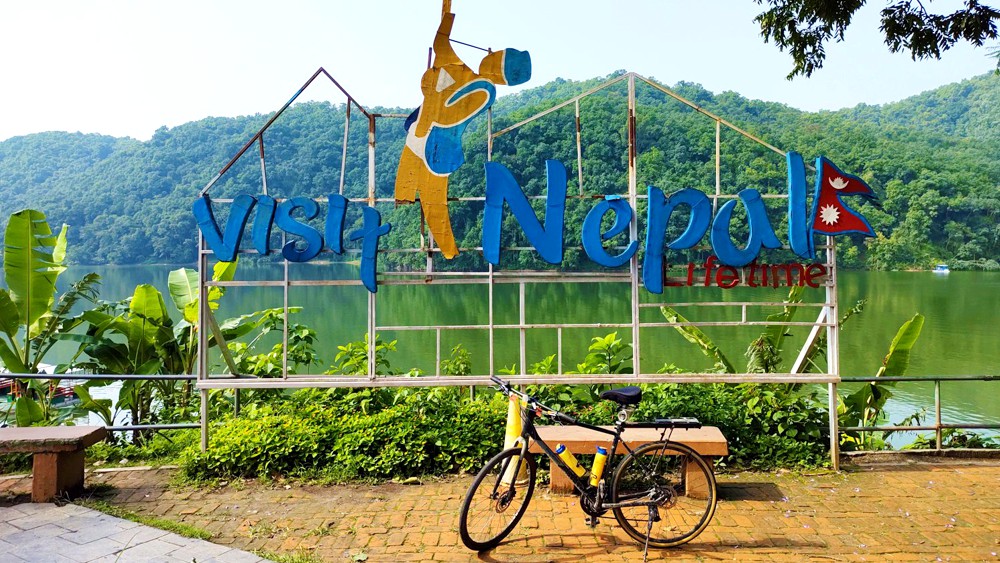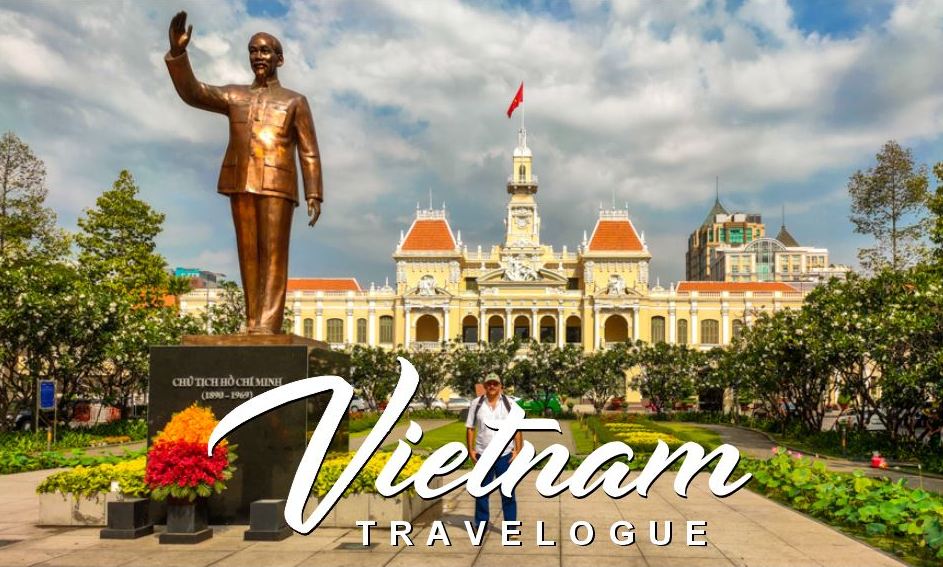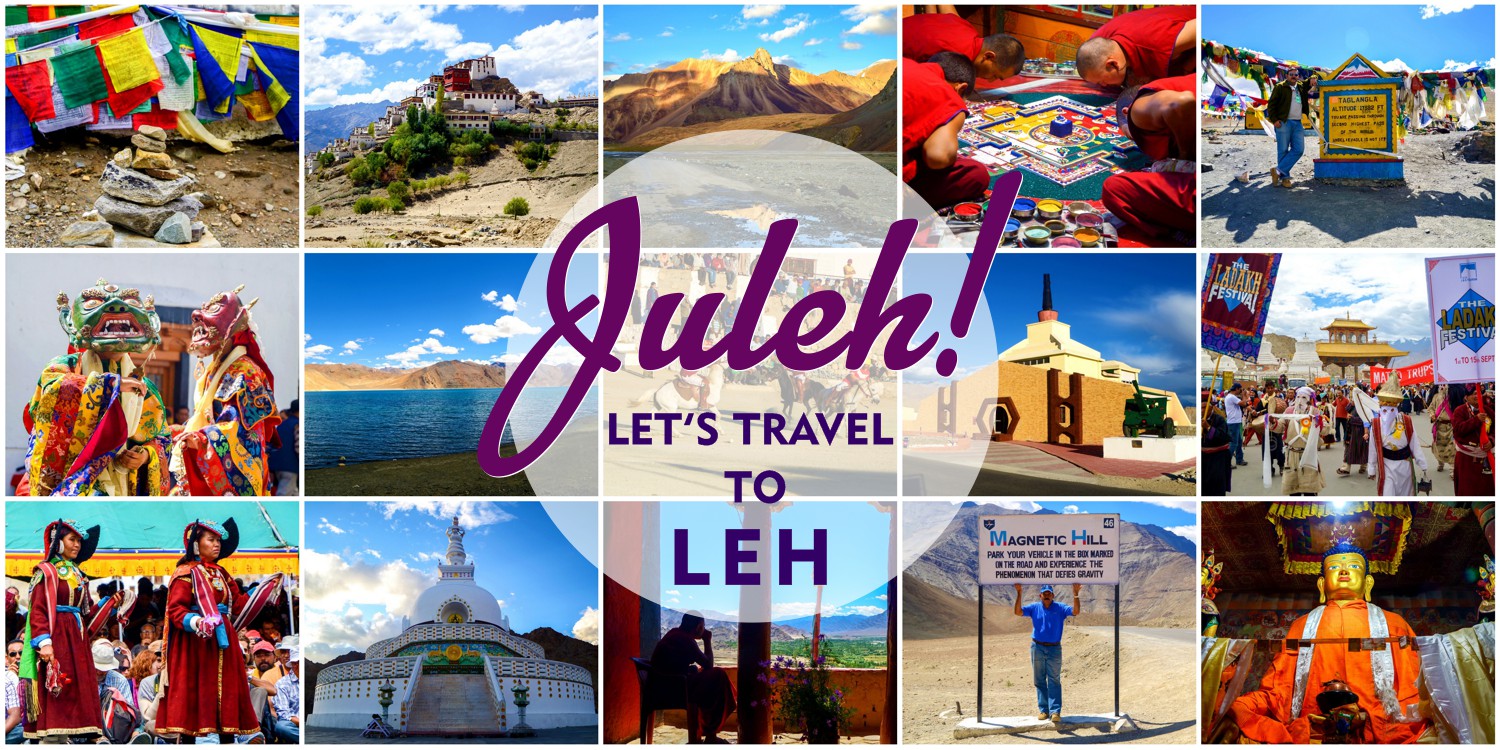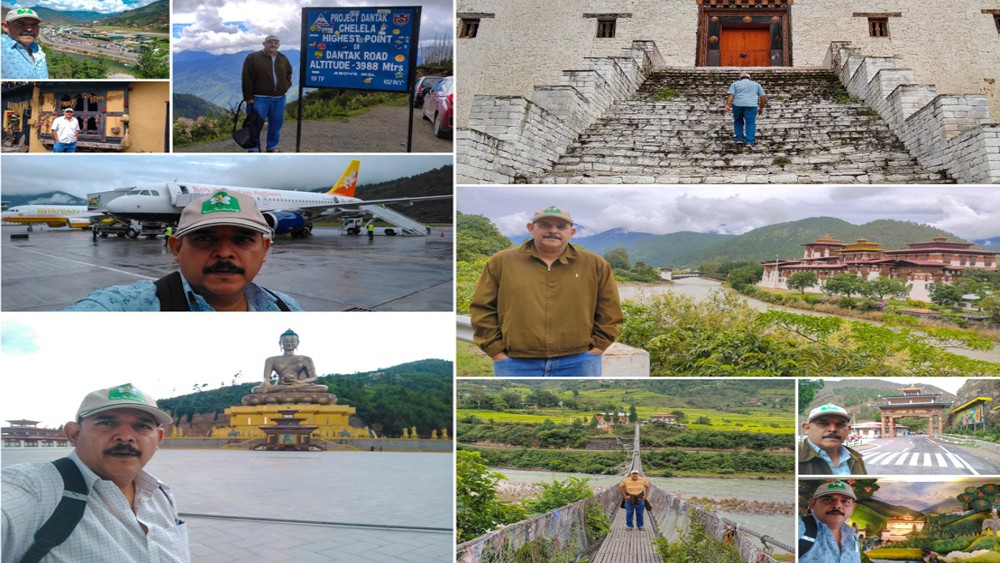
The year is 2018, another bucket list wish fulfilled: billed as the Festival of Festivals – Nagaland’s celebrated Hornbill Festival, held annually in the month of December is a sight to behold!
Hi, I’m Lynn Barreto Miranda and welcome to a brand new Travel Adventure.
This travelogue is divided into 3 parts: Travel & Stay | The Festival | Nagaland Extra
Let’s jump right in…
 Part I: Travel & Stay
Part I: Travel & Stay
THE HORNBILL FESTIVAL
The festival provides a colourful assemblage of dances, performances, crafts, parades, games, sports, food fairs and religious ceremonies. All the major tribes of Nagaland: Angami, Ao, Chakhesang, Chang, Dimasa Kachari, Garo, Zeliang, Rengma, Khiamniungan, Sumi, Lotha, Kuki, Konyak, Yimchungru, Sangtam, Phom, Pochury; participate in this event.

WHEN & WHERE IT IS HELD
Initiated in the year 2000, the festivities last 10 days, beginning on December 1st, to coincide with the celebration of Nagaland Statehood Day. The majority of the activities take place at the Naga Heritage Village in Kisama which is about 12 kms from the capital, Kohima.
A daily festival program is available on the Nagaland Tourism website: http://tourism.nagaland.gov.in

HOW TO GET THERE
• by Air: Dimapur is the closest domestic airport.
• by Train: The nearest railway station is Dimapur, which is well-connected to Kolkata and Guwahati.
• by Road: From Imphal (Manipur) – you can catch a bus or minivan opposite the Kangla Fort, duration 5 hrs (I travelled from Kohima to Manipur on the return journey, but more on that in my Manipuri adventure)
from Guwahati to Kohima – approximately 10 hours, (a couple of fellow travellers, I met at the homestay, drove down in an Innova.)

FROM THE DIMAPUR (Airport or Train Station) TO KOHIMA
Hired taxis charge between ₹3000 to ₹3500.
Shared taxis charge ₹300 to ₹350 (but prepare to be squashed alongside 10 other passengers and their pets.)
Within Nagaland, the only way to travel is via taxi on roads that are usually uncomfortable, bumpy and extremely dusty. Take necessary precautions and get set for the slow-going.

HOW I WENT
• Air: Goa > Bangalore | Bangalore > Kolkata | Kolkata > Dimapur
• Road: Dimapur to Kohima : the distance is around 80 km, it took me about 5 hours to get there as they are rebuilding the highway. The roads for most part were in very poor condition (had all my bones rattled). The highway is expected to be ready by 2021, hopefully.

INNER LINE PERMIT (ILP)
Indian citizens need a document called Inner Line Permit (ILP) to go beyond Dimapur.
My host helped in arranging the ILP.
Now you can avail of it online: https://ilp.nagaland.gov.in/

CLIMATE DURING THE FESTIVAL (Dec 1 to 10)
Maximum temperature is around 20°C and at night minimum temperature drops below 10°C, sometimes even below 2°C. Carry your warmest clothes to walk around and sleep in at night. It’s freezing once the sun goes down.

IS IT SAFE TO VISIT NAGALAND?
Yes. Just do not visit isolated places without a proper guide.
People are friendly, polite and would help wherever they could and the Nagaland Tourism Police personnel are there to help as well. A girl I met at the homestay was travelling solo across the North East for 3 months without incident.

WHERE TO STAY
The Hornbill Festival is one of the top tourist draws in Nagaland, so if you’re planning to attend, do book accommodations well in advance to avoid disappointment. Kohima the capital of Nagaland is about 12kms from the Hornbill Festival site in Kisama. There are frequent shared taxis that take you from Kohima (BOC Stand) to Kisama and back throughout the day. If you looking for hotels, Kohima is the best option.

HOMESTAYS
There is also the option to stay in homestays in villages surrounding the festival venue in Kisama. Staying at the homestays here means you can also spend time with the local families. A friend who went last year stayed at Rovi’s Dawn Homestay, Kigwema.

TENTS
There are several campsites set-up around the festival grounds too.

WHERE I STAYED
Native Stories Homestay, Kigwema
Neisato Neihu: +91 9158863331
w: https://www.nativestories.in
fb: https://www.facebook.com/NativeStoriesTravel
location: 2kms from the Kisama Heritage village

What can I say? I came as a tourist and left as a close friend. What lovely people, what wonderful hospitality, what open-hearted warmth. Thank you everyone at Native Stories.
Native Stories is run by the Neihu clan who belong to the Angami tribe. The family is among the oldest and most respected families in the village of Kigwema.

FOOD
My stay included breakfast and dinner, the Neihus prepared the most delicious home cooked food.

KIGWEMA VILLAGE TOUR
On the third evening, I went on a tour to their village Kigwema some 2.5kms away. It is here that the Japanese General Sato stayed during World War II. The arrival of the Japanese on 4-4-1944 at 3pm is recorded and reported to all visitors.

On the last day Seyiekheto, my host, decided to surprise me. From the bamboo forest nearby, he collected live bamboo worms that he fried in oil, with a sprinkling of salt. They tasted YUMMMMMMMMMY, just like chips!

at Native Stories I met Caroline Radhakrishnan a Bangalore based blogger who has written a detailed report about her stay at Native Stories, sharing the link: https://currylines.com/native-stories-home-stay-in-nagaland/

Part II: WELCOME TO THE HORNBILL FESTIVAL
where you will get to witness a mélange of cultural displays all under one roof and an opportunity to experience the food, songs, dances and customs of Nagaland.

DURATION & LOCATION
The annual festival begins on the 1st of December, 12 kms from the capital Kohima at the Heritage Village in Kisama. The festivities last for 10 days concluding on the 10th day of the month.

TIME REQUIRED TO TRULY APPRECIATE THE FESTIVAL
At least 2 days, to immerse yourself into the tribal culture of Nagaland, gleaning a concise overview.
It’s a massive event and the first few days are often most crowded. The shows and events are usually similar throughout the festival, so the best time would be to visit would be after the 3rd day.
A daily festival program is available from Nagaland Tourism website: http://tourism.nagaland.gov.in

ADMISSION FEE
The entry ticket to the festival is Rs. 30 and has to be purchased separately for each day of the event. It can be purchased with much difficulty at the entrance. If you wish to record your memories via camera, you will have to pay an additional Rs. 50.
*ticket cost when I went in 2018

THINGS TO SEE & DO AT THE FESTIVAL

Traditional Folk Dance Performances and Indigenous Games
(held from 10 am to 1pm and 2pm to 5pm at the Open Air Amphitheatre).
The intrinsic Naga culture is on full display for visitors to the festival, witness the vibrant folk music and dances performed by groups hailing from each of the 17 tribes. This prismatic spectacle of song, dance and effortless narrative creates an unforgettable experience.

Live Music Concerts are held in the evenings.

Visit the various Morungs (replicas of Tribal Huts)
It is recommended that you begin your festival experience at 8.30 am. This allows the visitor to wander around and converse with the tribal community, before the day’s schedule gets underway and the performances begin, gaining an insight into their daily lifestyle.

If a Food Tour is more your speed, sample the abundant sumptuous traditional fare, available at the festival.

BAMBOO HANDICRAFT PAVILION
Support the local craftsmen by indulging in tribal textiles or artisanal souvenirs. The jewellery, ceramics, clothes and other ornaments are hand crafted by the tribal folk.

WORLD WAR II MUSEUM
The museum has numerous artifacts and illustrations of the historic Battle of Kohima that took place from April 4, 1944 to May 1944, between the invading Japanese 31st Division and the defending British 2nd Division.

HORTICULTURE STALL
setup by the govt. dept. hosts exhibition and sale of flowers and fruits

CHILI EATING COMPETITION
The Naga King Chili, also known as the dreaded Bhut Jolokia, is ranked among the world’s hottest chillies ranging from 855,000 Scoville heat units to an eye-popping 1,041,427 SHU. Why not give it a shot? YOLO.

NIGHT CARNIVALS
During the festivals, there are Night Carnivals organized at Kohima and Kigwema (1.5km away from Native Stories) where you can enjoy local performances and street food.

Visitors can also partake of different types of sporting activities held at the festival.

INFORMATION CENTER
Located inside the village of Kisama, the centre provides information to visitors along with brochures with festival listings along with other attractions in Nagaland. A handbook listing a schedule of events at the festival is also available at the entry gate of the venue.

Read more about the festival: https://currylines.com/hornbill-festival-dec-1-10-2018-nagaland

After celebrating all things Hornbill Festival.
Let us explore more of Nagaland: Kohima, Dimapur, Khonoma and trek to Dzukou Valley.
Part III: Nagaland Extra

KOHIMA – the capital city
Time needed: 1 day
Things to see: War Cemetery, State Museum, Mary Help Of Christians Cathedral

War Cemetery
A memorial dedicated to British, Indian and other Allied soldiers, killed in Kohima in 1944 as they resisted the invasion of the Japanese in one of WWII’s fiercest battles.

State Museum
Located about 3 kms from the War Cemetery, the museum gives you a glimpse into the history and traditions of Nagas.
(A visit is optional, if you visit the festival where you experience first-hand – the culture, costumes, handicrafts and morungs)

Mary Help of Christians Cathedral
The church is noted for its architecture which incorporates many elements of traditional Naga houses, including the facade which resembles that of a Naga house. The architecture of the cathedral blends into the hill on which it is situated. The 16 feet tall carved wood crucifix found here is one of Asia’s largest crosses.

DZUKOU VALLEY
Time needed: 1 day
Peak time to visit is in June, July or August, when the flowers are in full bloom, albeit it’s the rainy season. Dzükou Valley is still beautiful in any season though.
The trek takes about 3-4 hours at average pace on the Viswema route. The Jakhama route takes about 4 to 7 hours depending on trek expertise. Both these are the average times for a one way journey. The return track takes about half the time of going up.
(The climb to Dzukou Valley is on my bucket list next time I visit Nagaland.)

During the festival, you can participate in the tours and hikes organised by the government.

KHONOMA VILLAGE
Time needed: 1 day
Described as the 1st green village in Asia, the village is populated by the Angami and located about 20 km west of Kohima.

DIMAPUR
Time needed: 1 day
• Kachari Ruins
Famous for its monoliths, the scattered stones and bricks are believed to be the remains of temples and embankments.
• Diezephe Village
The village is inhabited by the Tenyimei community of weavers and craftsmen famous for their handloom and handicrafts.
• Sumi Town Baptist Church
Asia’s largest church stands tall at a height of 203 feet atop the quaint little town of Zunheboto.

Another place of might interest is Longwa Village in Mon, where you meet the Chief Konyak King whose house lies half in India and the other half in Myanmar.
https://thirdeyetraveller.com/guide-longwa-nagaland-head-hunters/

If you can’t make it to the Hornbill Festival, you can still witness the actual traditional festivals of the Naga tribes. Each tribe celebrates its own festival with dedication and passion, spread across various districts and spanning the various months. Most of the festivals are related to the agricultural season, during the sowing and harvest periods.
Some of the important festivals celebrated are: Tsukhenyie by the Chakhesangs in January, Mimkut by the Kukis in January, Bushu by the Kacharis in January, Sekrenyi by the Angamis in February, Aoling by the Konyaks in April, Moatsu by the Aos in May, Tuluni by the Sumis in July, Nyaknylum by the Changs in July, Tokhu Emong by the Lothas in November and Yemshe by the Pochurys in October.

THE BEST MONTHS/SEASON TO VISIT NAGALAND
The first week of December to attend the Hornbill Festival.
Summer is beautiful with an abundance of flowers and fruits. But come prepared with gear to withstand the heavy monsoon.
October to March is the dry season and ideal to explore Nagaland.
Mid-November brings cherry blossoms.

You will also find some important tips here:
https://sandeepachetan.com/hornbill-festival-of-nagaland-what-how-when-why/
https://thirdeyetraveller.com/tips-hornbill-festival/
https://thirdeyetraveller.com/hornbill-festival-guide-2018/
Trek to Dzukou Valley:
http://www.prakritivarshney.in/do-it-yourself-dzukou-valley-trek/
Hornbill Festival official website
http://tourism.nagaland.gov.in/

FAQ’S
Q: SHOULD I BOOK A TOUR WITH A TRAVEL COMPANY OR MAKE MY OWN TRAVEL PLANS?
Personally, I believe in making your own travel plans. The ability to curate your own tours online is more accessible, as is booking your own accommodation.
Traveling on company organised tours, can take away the stress of planning but there is a fixed schedule and program to adhere to.
Q: RELIGION
Nagaland is primarily a Catholic state. So, always be respectful when talking about the bible here and respect their views.
Q: PEOPLE
If you ask politely, people are more than happy to help. It is general rule everywhere. Saying PLEASE and THANK YOU will not kill you.
Q: WATCH OUT FOR INNARDS AND DOG MEAT ON THE MENU
Nagaland is predominantly a meat eating state. Innards of pigs and cows and dog and horse meat are some of the carnivorous delights to be found on menus. So, if you are feeling brave, go for it. Of course, there are vegetarian options too.
Q: IF YOU ARE A PHOTOGRAPHER
https://thirdeyetraveller.com/photographers-guide-hornbill-festival/
Q: BUYING SOUVENIRS AND HANDICRAFTS
Most of these are handmade by the tribes and take a long time to produce, PLEASE DO NOT quibble about the prices. Don’t cut them too short. Give a little.

Although language might not be the same, smiling is, and I guess that’s the only language we need during our travels!
Hope you liked this travelogue, feel free to share, till my next adventure…. Stay Safe!

Lynn Barreto Miranda
p: 9822151419 | e: lynn@barretomiranda.com | w: lynn.barretomiranda.com
If you need any more information, feel free to contact me.
This presentation was put together and shared on the Let’s Travel whatsapp group in June 2020.
Let’s Travel is a whatsapp group created by travel enthusiasts to share their travel stories and memories.
Its an open group, to join click the link: https://chat.whatsapp.com/ITeMEV5DQkr8SiPP7Wak5R
#travelstories #whatsappstories #letstravel

If you enjoy learning about festivals, I have, for the last few years, been documenting indigenous festivals in Goa – the famous and the not so famous ones. You can check my blog: goanfestivals.barretomiranda.com
I still have about 12 more festivals to add… hopefully soon!




